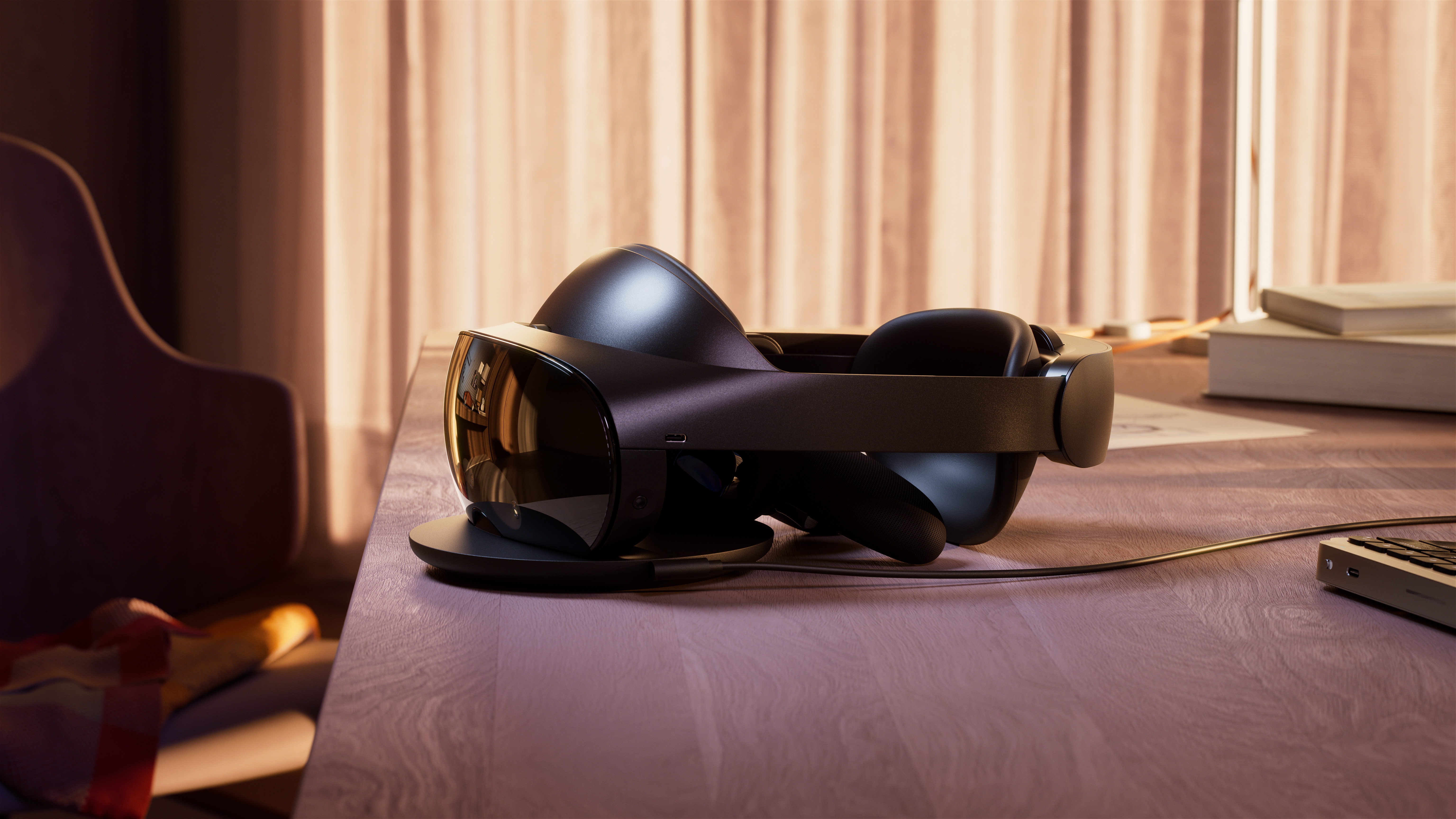Your Oculus Quest 2 just got better hand-tracking to boost your virtual boxing skills
The v56 update is here for your Quest 2 and Quest Pro

Meta has released the v56 update for the Meta Quest Pro and the Oculus Quest 2, which introduces a bunch of upgrades for two of the best VR headsets out there.
With the new Quest update Meta is rolling out Hand Tracking 2.2, which says aims to bring responsiveness more in line with what users experience with controllers. According to Meta, Hand Tracking 2.2 will reduce the latency experienced by a typical user by 40%, with a 75% latency reduction for fast hand movements.
Meta recommends that you download the Move Fast demo app from App Lab to get a feel for what these improvements mean in practise. It looks like a simple fitness trainer in which you have to punch, chop and block incoming blocks while looking out over a lake decorated with cherry blossom trees. Meta has said we can expect more hand-tracking improvements when the Meta Quest 3 launches later this year. It's yet to be seen if these upgrades can keep up with the hand-tracking Apple is expected to launch with its Apple Vision Pro headset.
Another important improvement is coming just for Meta Quest Pro owners. One of the premium headset’s best upgrades over the Quest 2 is its display, which offers local dimming. This allows screens to achieve deeper black levels and improved contrast, something which can help a lot with immersion, as dark spaces actually look dark without it being impossible to see. However, local dimming isn’t available in every app, so with v56 Meta is launching a Local dimming Experimental Setting (which can be found in the Experimental menu in your headset’s Settings).
The feature is off by default, but if you turn it on you should see the benefits of local dimming in a load more titles – that is, unless a developer chooses to opt out. Just note that as with other experimental settings, you may find it isn’t quite perfect or causes some problems.
Quest 2 users aren't missing out on visual upgrades entirely though, as Meta recently announced that a Quest Super Resolution upscaling tool is coming to help developers make their games look and run better.
This month Meta is also improving the accessibility of Quest titles by introducing button mapping and live captions. Live captions will appear in your Quest headset’s Settings, under the Hearings section of the Accessibility menu. Once turned on you’ll see live subtitles while using the Meta Quest TV app, Explore, and the in-headset Quest Store. In the same Accessibility menu, go to the Mobility section and you’ll find an option to remap your Quest controllers – you can swap any buttons you want on the handsets to create a completely custom layout.
Get daily insight, inspiration and deals in your inbox
Sign up for breaking news, reviews, opinion, top tech deals, and more.
These accessibility settings won’t revolutionize your headset overnight, but they’re a great first step. Hopefully, we’ll see Meta introduce captioning to more apps and services, and perhaps it’ll launch custom-accessible controllers like the ones that Sony and Microsoft offer for their PS5 Access controller and the Xbox Adaptive Controller.
New ways to stay connected
Beyond these major upgrades, Meta is rolling out a handful of smaller improvements as part of update v56.
First, when you leave your headset charging on standby between play sessions it can smartly wake up and install updates whenever it detects that your installed software is out of date. This should help to reduce instances of you going to play a game only to find that you need to wait for ages while your headset installs a patch.
Second is the new Chats and Parties feature. Whenever you start a call in VR a chat thread is also connected with all of the call members, so you can keep in contact later; you can also now start a call from a chat thread (whether it’s a one-on-one chat or a group chat).
Third, and finally, meta is making it easier to stream your VR gameplay to Facebook, and while you play you’ll be able to see a live chat, so you can keep in contact with your viewers. While the platform isn’t many people’s first choice, it hopefully opens the door for easier real-time live streaming to more popular platforms like YouTube and Twitch.

Hamish is a Senior Staff Writer for TechRadar and you’ll see his name appearing on articles across nearly every topic on the site from smart home deals to speaker reviews to graphics card news and everything in between. He uses his broad range of knowledge to help explain the latest gadgets and if they’re a must-buy or a fad fueled by hype. Though his specialty is writing about everything going on in the world of virtual reality and augmented reality.